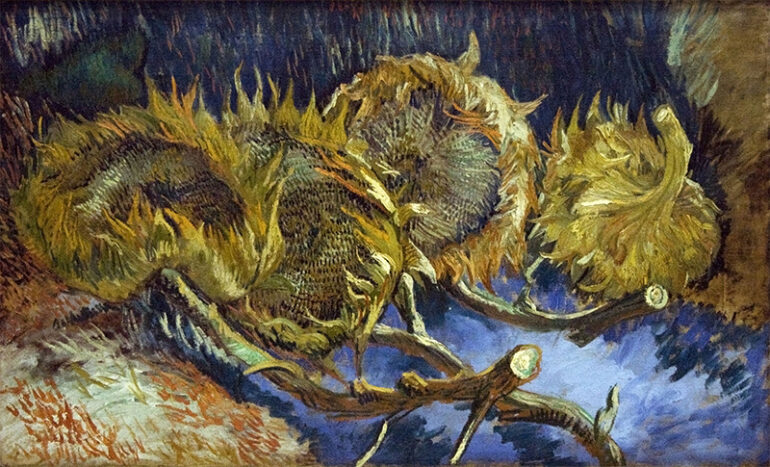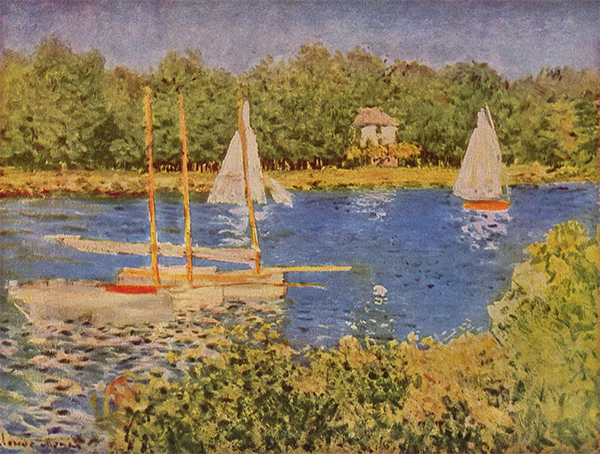Impressionism in the late 1800s dramatically changed artists’ worldviews. Under the direction of visionary thinkers like Claude Monet, the Impressionist movement used bright color schemes and loose brushwork to capture the transience of a moment. By defying academic standards, they paved the way for future artistic developments, inspiring many artists to explore new frontiers to capture a moment. Post-Impressionism, led by Vincent van Gogh and Paul Cézanne, explored new possibilities by digging into their subjects’ emotional and symbolic aspects. These artists changed artistic communication forever with their innovative ways.
Origins and Characteristics of Impressionism
Impressionism, which emerged in the late 1800s, revolutionized painting by capturing the transience of a moment. Impressionist painters like Monet ignored academic conventions to portray the dynamic interaction of light and color. Instead than focusing on details, they wanted to convey a scene through sensory sensations. Impressionists celebrated nature with strong brushstrokes and bright colors. They often painted en plein air to depict the shifting scenery. This artistic movement defied traditional aesthetic standards and laid the framework for future artistic developments, inspiring many artists to explore new ways of viewing and depicting reality.
The Life and Art of Claude Monet
Claude Monet, a Parisian Impressionist, was born in 1840. He loved painting from a young age, which led him to attend the prestigious Le Havre Secondary School of the Arts. Monet’s new approach, which depicted light and atmosphere, captivated audiences. The famous artist’s lily ponds and hay bales showed his skill in using a variety of hues and strokes to create lively and appealing scenery. Monet’s steadfast dedication to capturing the true spirit of nature and his unique aesthetic perspective inspire artists and art lovers worldwide.
Origins and Characteristics of Post-Impressionism
Post-Impressionism emerged as a reaction to Impressionism’s restrictions, aiming to broaden creative communication. Post-Impressionism, led by Vincent van Gogh and Paul Cézanne, sought to capture more than light and color. It explored the subject’s deep emotional and symbolic aspects. The artistic movement strongly opposed observation-based art like Impressionism. Instead, it fully accepted a subjective and imaginative worldview. Creatives used new methods, bold colors, and unexpected perspectives to communicate their experiences and inner revelations. The Post-Impressionists’ innovative methods inspired later creative movements.
The Life and Art of Vincent van Gogh
The Dutch artist Vincent van Gogh is famed for his unique style and life path. Van Gogh, born in 1853, struggled with mental illness throughout his life, which influenced his art. The artist uses bold paint, vibrant colors, and deep emotion in her works. Van Gogh painted natural surroundings, inanimate objects, and people with his distinct perspective and emotional feelings. Van Gogh’s post-impressionist works, such “Starry Night” and “Sunflowers,” continue to captivate audiences worldwide despite his many setbacks. His continuing impact on art shows his legacy as one of the most influential figures in art history.
Impressionism and Post-Impressionism revolutionized art, breaking norms and creating new possibilities. Monet and van Gogh used bold colors and strokes to capture the fleeting beauty of nature and the depths of human emotion. Contemporary artists are inspired by their unwavering commitment to challenging limits and articulating individual encounters, reminding them of art’s timeless ability to stir emotions, ignite contemplation, and shape our worldview.
Photo Attribution:
1st & featured image by https://commons.wikimedia.org/wiki/Vincent_van_Gogh#/media/File:Vier_uitgebloeide_zonnebloemen.jpg
2nd image by https://commons.wikimedia.org/wiki/Claude_Monet#/media/File:Claude_Monet_016.jpg

